We all know that nature is full of surprises, but sometimes, creatures we consider cute or harmless can have a surprisingly aggressive side. Sure, we’ve all heard about the big predators like lions or bears, but some animals might shock you with their unexpected ferocity. Ready to meet the critters that pack a punch—and not the cute kind.
1. The Surprisingly Savage Swan
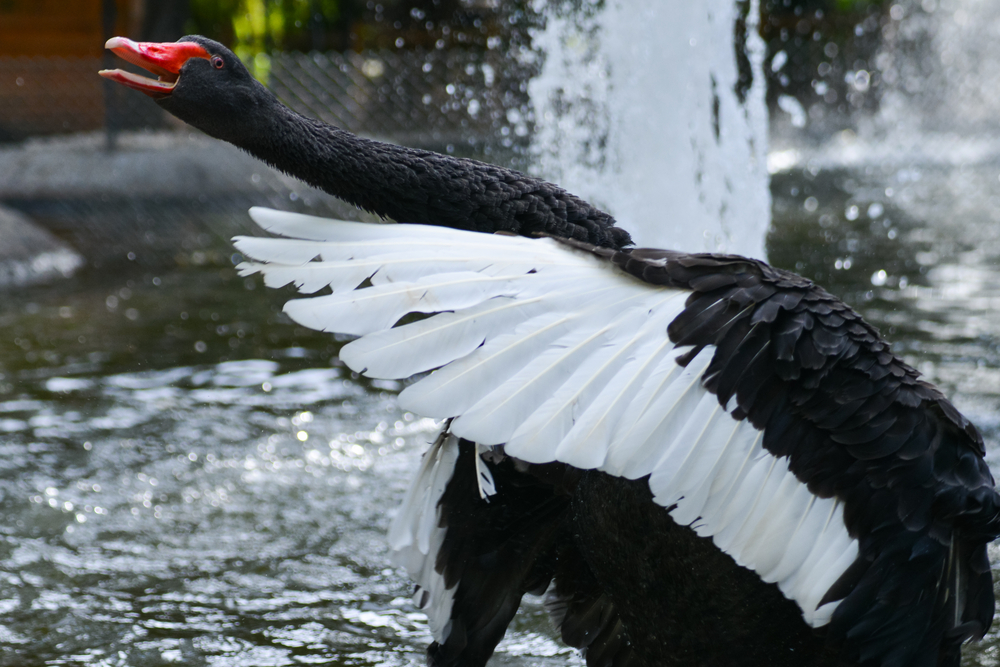
Swans are often seen as the graceful ballerinas of the bird world, gliding elegantly across serene lakes. But don’t let their beauty fool you—they can be territorial and downright aggressive. When it comes to protecting their nests or young, swans switch from graceful to fierce faster than you can say “feathered fury.” These birds will charge at humans and other animals with aggressive wing flapping and biting, and trust us, those wings pack a painful punch. Next time you admire their beauty, remember: you’re a guest in their waters.
If you find yourself near a swan, keeping a respectful distance is not just polite—it’s wise. People have been known to capsize in boats after a swan attack, and with wingspans reaching up to eight feet, they can cause some real damage. So, while they may look like the perfect picture of tranquility, swans prove that looks can be deceiving. Always appreciate their beauty from afar, and give them their space to keep both you and the swans safe.
2. Don’t Mess With the Badger’s Bad Attitude
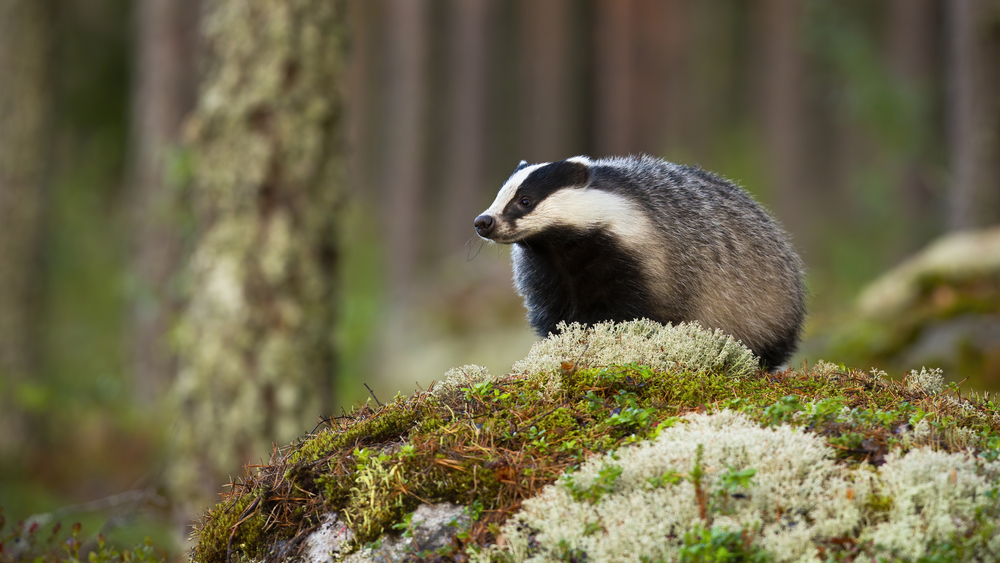
Badgers might not look like much of a threat with their short legs and waddling gait, but these little guys have a reputation for being fiercely territorial. Known for their fearless nature, badgers will take on animals much larger than themselves, and sometimes even humans if they feel threatened. According to the Wildlife Trusts, badgers use their strong jaws and claws to defend their dens and ward off threats effectively. So, if you ever see a badger, it’s best to admire their ferocity from a safe distance.
You might think of badgers as those cute little burrowers, but their aggressive reputation is well-earned. They protect their dens with impressive tenacity, and their bravery (or maybe recklessness) knows no bounds. Even when outnumbered, they’re not afraid to fight back with everything they’ve got. It’s no wonder they’re a symbol of courage and tenacity in various cultures. So, next time you see a badger, remember that this fierce critter is not one to be underestimated.
3. Hippos: The Grumpy Giants of the River
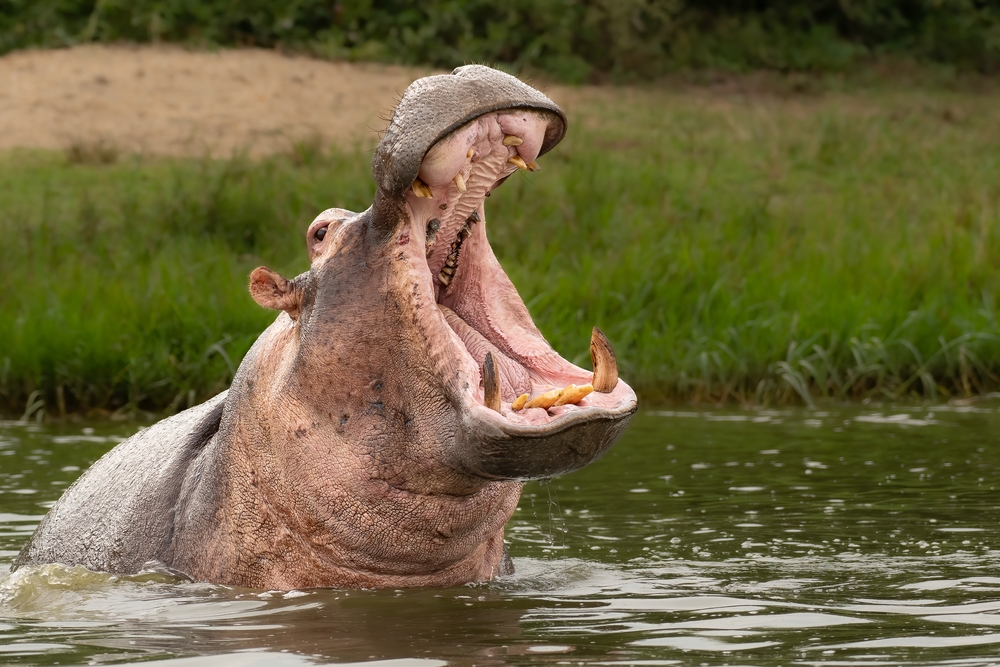
Hippos might look like oversized water cows, lounging lazily in the sun, but their calm appearance hides a dangerously aggressive temperament. Considered one of the most dangerous animals in Africa, hippos are highly territorial and won’t hesitate to charge anything that enters their space. Highlighted by National Geographic, hippos are responsible for more human deaths in Africa than many predators, thanks to their aggressive territorial behavior. If you’re on a river safari, spotting a hippo is thrilling, but make sure you keep your distance!
Despite being herbivores, hippos are known to be incredibly irritable and aggressive. They’re surprisingly fast, able to run on land at speeds of up to 19 miles per hour—good luck outrunning one of these behemoths if they decide to charge! In the water, they’re even more agile, and they can hold their breath for up to five minutes, making them unpredictable opponents. So, while they might look like they’re just floating around enjoying the sun, always remember that hippos are not to be trifled with.
4. Don’t Underestimate the Pint-Sized Pufferfish
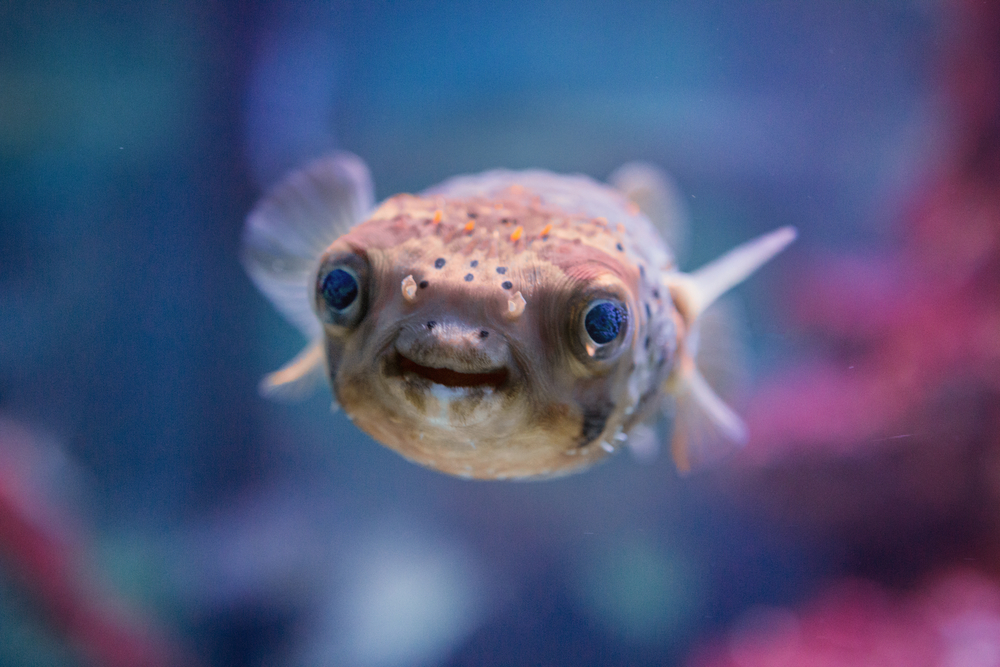
The pufferfish might be a small and seemingly harmless ocean dweller, often celebrated for its comical appearance when inflated. As noted by the National Ocean Service, pufferfish contain tetrodotoxin, a lethal poison that’s deadly even in small doses. Despite their cute looks, they are one of the most poisonous creatures on the planet, with enough toxin to kill 30 adult humans. While not aggressive in the traditional sense, their defense mechanism is intensely harmful if you get too close.
Pufferfish inflate as a deterrent to predators, but they aren’t just showing off—they’re deadly serious. It’s crucial to understand that their toxin is a natural defense, not an attack. However, the danger they pose is very real, especially if they’re handled improperly or consumed without proper preparation (looking at you, adventurous sushi eaters!). Respecting their space and appreciating them from a distance is the best way to admire these fascinating fish without risking your safety.
5. Fear the Fearless Honey Badger
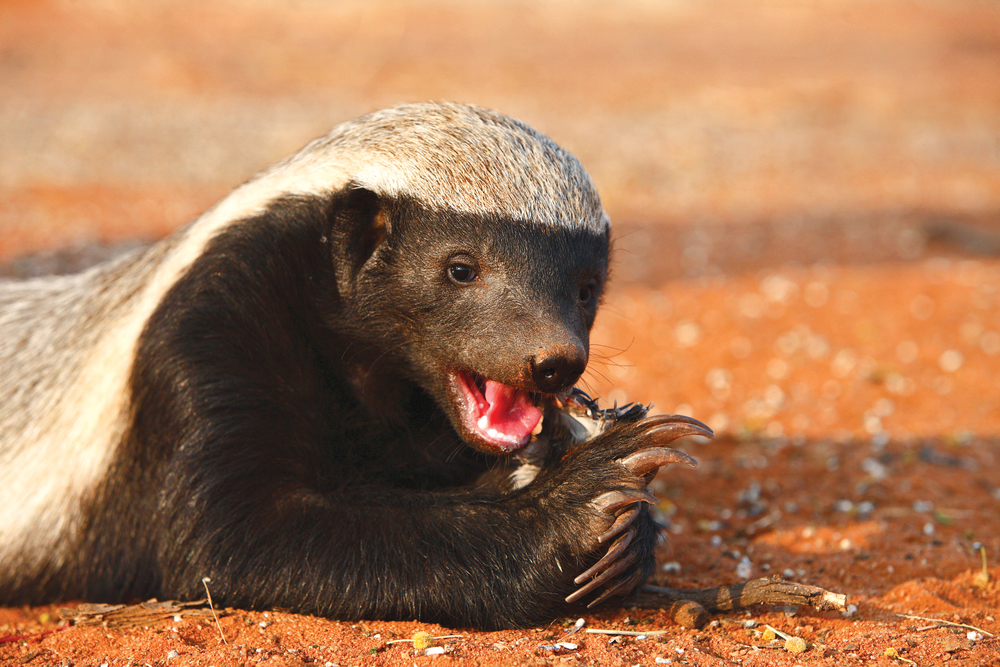
Honey badgers are not just famous for their “don’t care” attitude—they’re genuinely some of the most fearless creatures in the animal kingdom. They have an incredible tolerance for venom, meaning they can take on venomous snakes and emerge victorious. Their skin is tough and loose, allowing them to twist and fight back even when caught. This defensive adaptability, combined with their ferocious temperament, makes honey badgers formidable opponents to anything that dares to challenge them.
These critters are relentless, known to raid beehives for honey despite being stung repeatedly. Their sheer determination is legendary, and they’ll often attack anything that gets in their way, regardless of size. They are solitary animals, often preferring to hunt alone, which adds to their mysterious and intimidating aura. So, while they might look a bit scruffy and small, honey badgers earn their respect not through size, but sheer grit and fearlessness. Keep this in mind if you ever encounter one in the wild—they’re not to be messed with.
6. The Territorial Temper of the Kangaroo
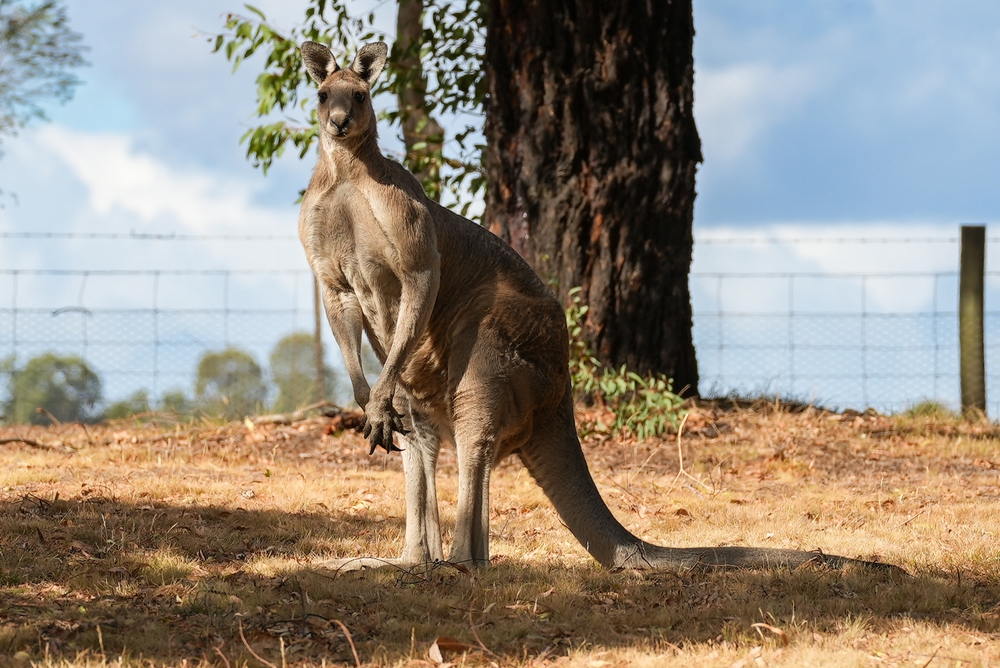
Kangaroos might look like quirky, oversized rabbits with their hopping gait and cute faces, but when it comes to protecting their territory, they mean serious business. Male kangaroos, in particular, can be highly aggressive, engaging in boxing matches with each other to establish dominance. With powerful hind legs capable of delivering bone-crushing kicks, kangaroos can be dangerous if they feel threatened or cornered.
While kangaroos aren’t naturally aggressive towards humans, they will defend themselves fiercely if provoked. Approaching them in the wild can lead to confrontations that are best avoided. If you admire them from afar, you can enjoy their fascinating behaviors and unique adaptations without risking personal harm. Remember, kangaroos are wild animals, and respecting their space is the best way to appreciate their presence in the natural world.
7. The Unexpected Aggression of the Cassowary
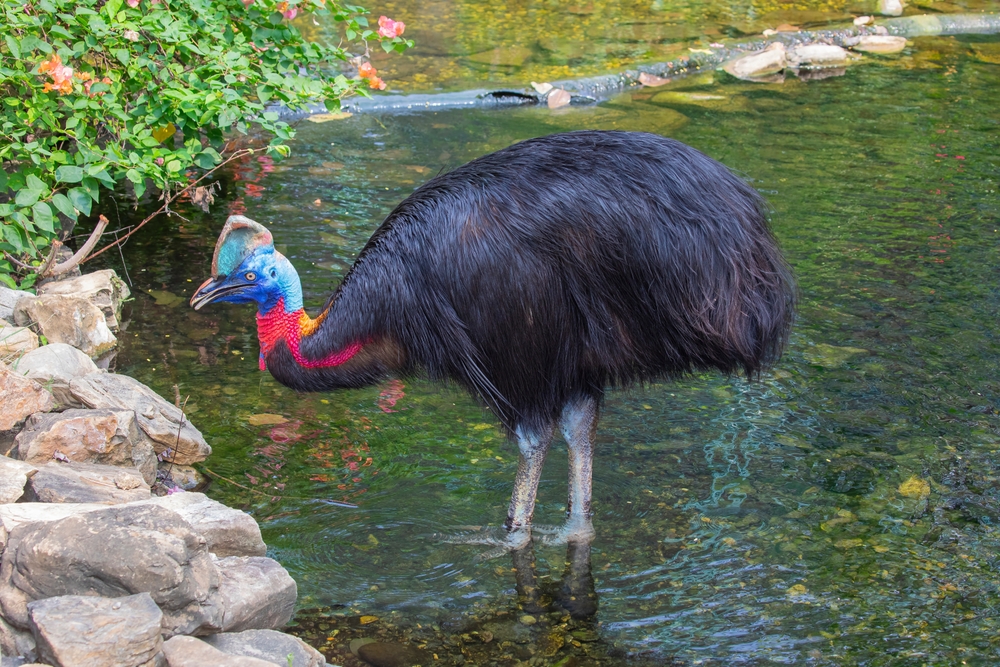
Cassowaries are often called modern-day dinosaurs, and with good reason. These large, flightless birds are native to the tropical forests of New Guinea and Australia, and they pack a punch with their sharp talons and powerful legs. While they might look like colorful turkeys, cassowaries can be incredibly aggressive, especially if they feel threatened or cornered. They’ve been known to attack humans, using their dagger-like claws to deliver dangerous kicks.
Despite their striking appearance, cassowaries are best admired from a safe distance. They play a crucial role in their ecosystems, helping to disperse seeds and maintain forest biodiversity, but their aggression makes them one of the most dangerous birds in the world. If you ever find yourself in cassowary territory, remember that these birds are not to be underestimated. Respect their space and enjoy observing their fascinating behaviors from afar to stay safe.
8. The Tiny Terror of the Tasmanian Devil
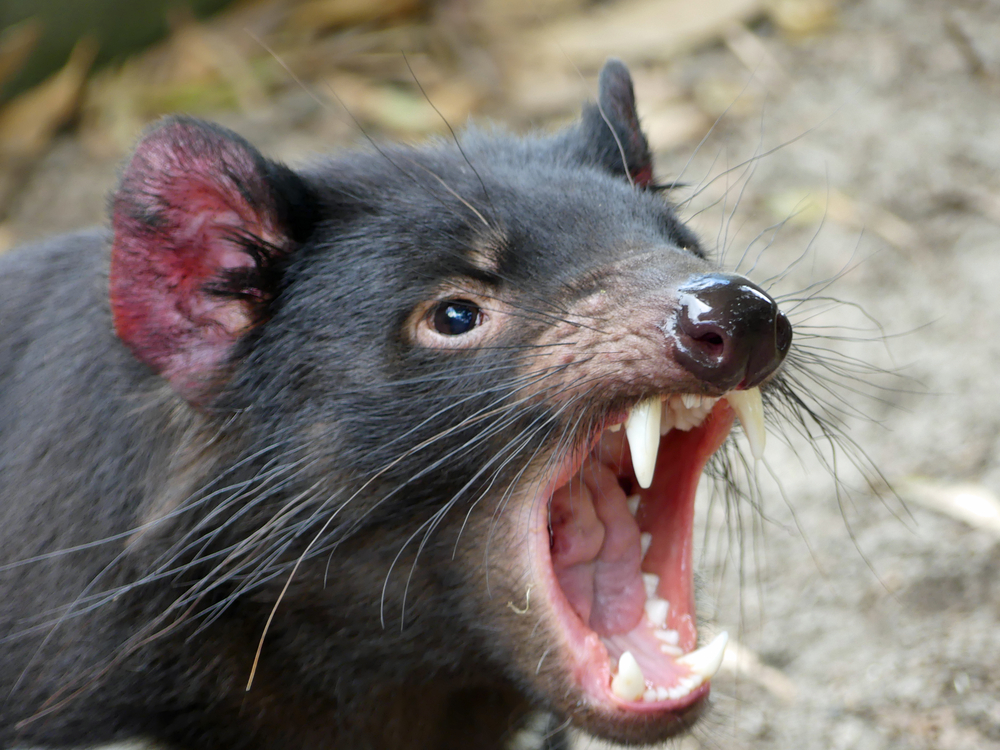
Tasmanian devils might remind you of a certain cartoon character, but there’s nothing funny about their aggression. These small, carnivorous marsupials are known for their fierce temper and loud screeches, especially when competing for food. They have powerful jaws capable of crushing bones, and they’re not afraid to use them when defending their territory or a meal. So, while they might look like cute, stocky little critters, their aggressive reputation is well-deserved.
Tasmanian devils are solitary animals, and while they generally avoid humans, they can become aggressive if they feel threatened. They play a vital role in their ecosystem, scavenging carrion and controlling pest populations, but their fiery demeanor makes them intimidating. If you ever encounter a Tasmanian devil in the wild, it’s best to keep your distance and observe them quietly. Admiring their unique adaptations and behaviors from afar ensures both your safety and theirs.
9. The Fierce Protector: Mama Elephant
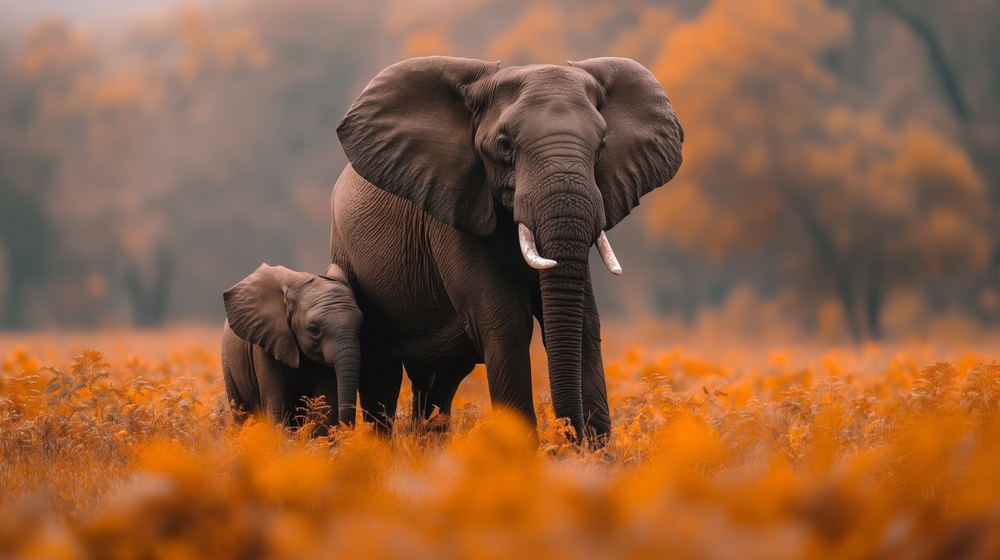
Elephants are known for their intelligence, gentle nature, and complex social structures, but mess with a mother elephant, and you’ll see a whole different side of these majestic creatures. Elephant mothers are fiercely protective of their young and will charge at anything they perceive as a threat. With their massive size and strength, a charging elephant is a force to be reckoned with. Despite their usually calm demeanor, mother elephants’ aggression in defense of their calves is legendary.
In the wild, elephants face numerous threats, and a mother’s protective instincts are crucial for the survival of her young. This aggression is not born out of malice but rather a deep-seated need to protect their family. If you’re lucky enough to witness elephants in their natural habitat, give them the space and respect they deserve. Understanding their social dynamics and respecting their protective nature ensures a safe and rewarding wildlife experience.
10. Don’t Get Too Close to the Cone Snail
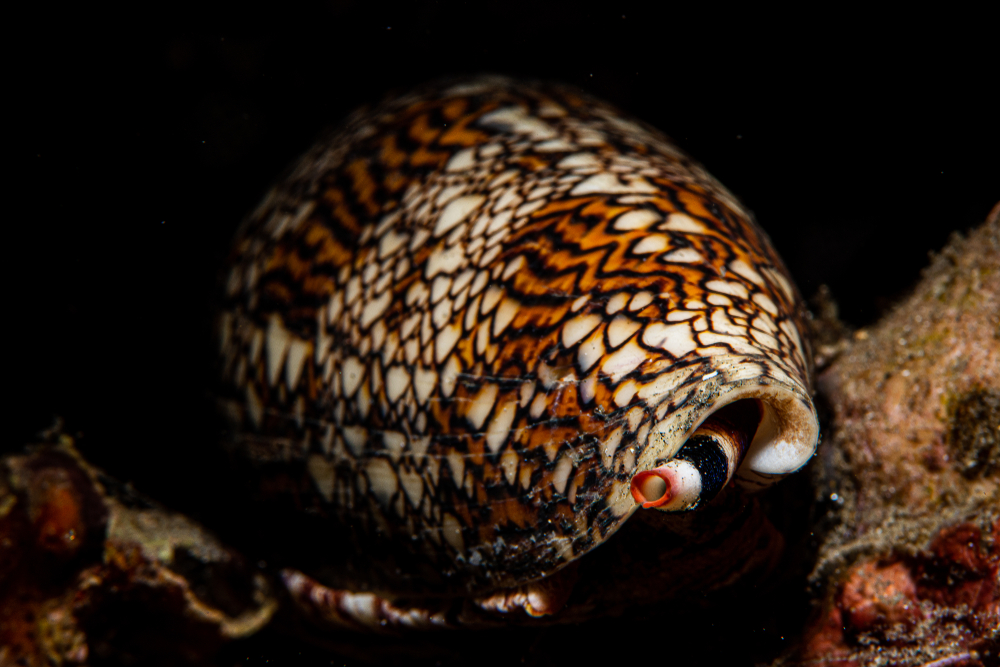
The cone snail might not look intimidating with its pretty, spiral shell, but it’s one of the ocean’s most venomous creatures. These snails use a harpoon-like tooth to inject venom into their prey, and the toxin can be fatal to humans. While they’re not aggressive in the traditional sense, their lethal defense mechanism is something to be wary of if you’re exploring tropical waters. Admiring their intricate shells is safe from afar, but touching them can be dangerous.
Cone snails are slow movers, but their harpoons can strike with lightning speed, making them formidable hunters. Their venom contains a complex cocktail of toxins, which are being studied for potential medical applications, but in the wild, they serve as a potent protection against predators. If you’re diving or snorkeling in areas where cone snails are present, it’s essential to be aware of your surroundings. Admiring their beauty from a distance is the best way to ensure your safety while appreciating these remarkable marine creatures.
11. Moose: The Mountain’s Unexpected Aggressors
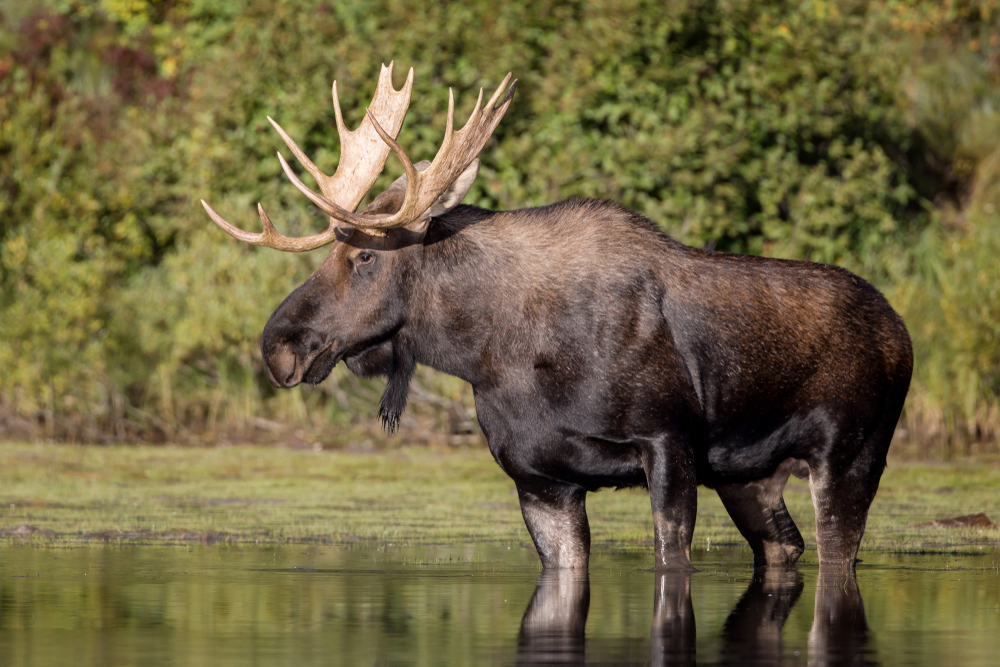
Moose might look like gentle giants with their long legs and impressive antlers, but they’re known for their unpredictable and aggressive behavior. Especially during mating season and when protecting their calves, moose can become highly confrontational. They’re surprisingly fast for their size and can charge at speeds up to 35 miles per hour, which is not something you want to be on the receiving end of. If you’re hiking in moose territory, always keep your distance and never underestimate their potential for aggression.
These animals are not afraid to confront threats head-on, and their powerful bodies make them formidable opponents. Moose often wander into human territories, sometimes leading to dangerous encounters. Understanding their behavior and respecting their space is crucial for coexisting safely with these magnificent creatures. If you ever find yourself in moose country, remember to admire them from a safe distance and give them the room they need to roam without feeling threatened.
12. The Snappy Secret of the Platypus
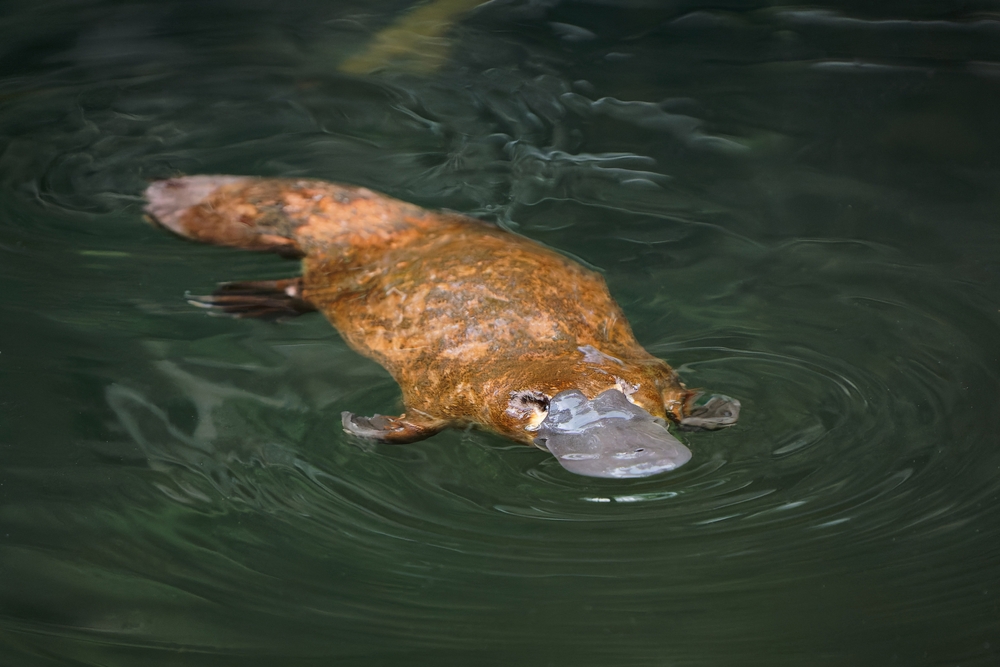
Platypuses are known for their odd appearance, resembling a mix of a duck, beaver, and otter, but these peculiar creatures have a surprising secret weapon. Male platypuses have venomous spurs on their hind legs, which they use to defend themselves during the breeding season. Although not lethal to humans, the venom can cause extreme pain and swelling, so these cute critters are best admired from afar. While they may not be aggressive without cause, their defensive abilities are formidable.
This unique adaptation serves as a reminder that even the most unusual animals can have unexpected means of protection. The venom of a platypus is a fascinating example of evolutionary adaptation, and researchers are still studying its properties. If you ever have the chance to observe a platypus in the wild, enjoy their quirky behavior and fascinating biology without getting too close. Respect their space, and remember that even the most seemingly innocuous animals can have a bite to back up their bark.
